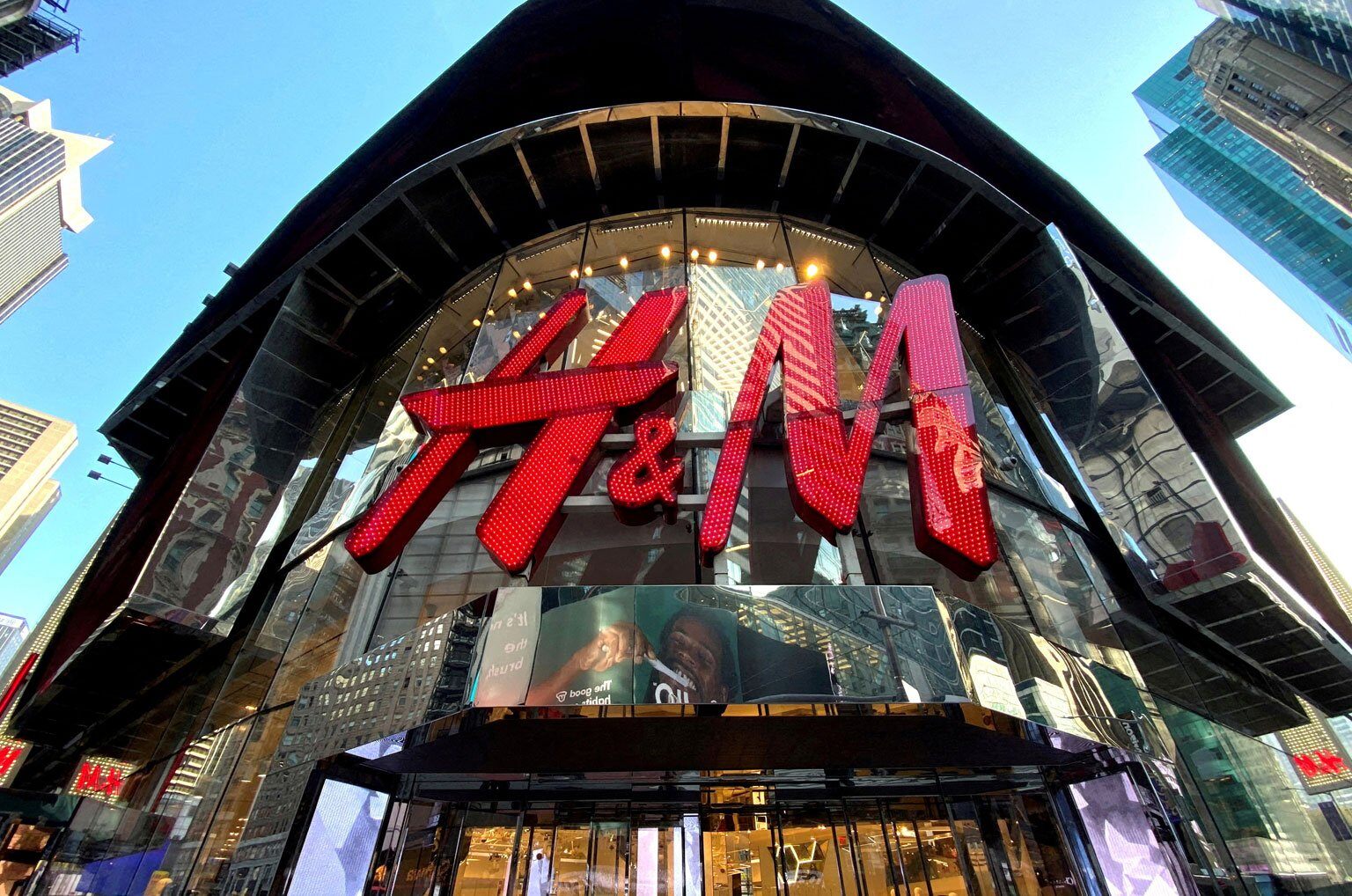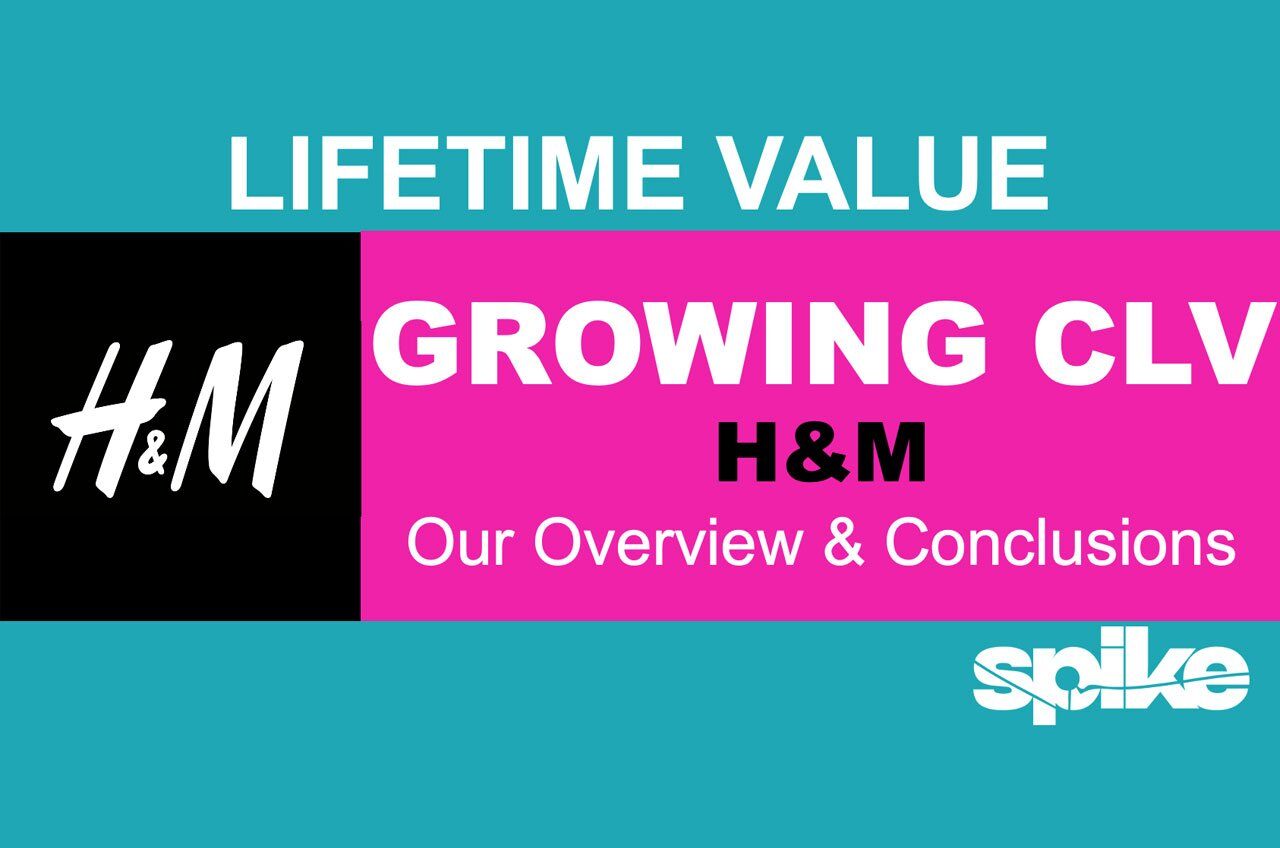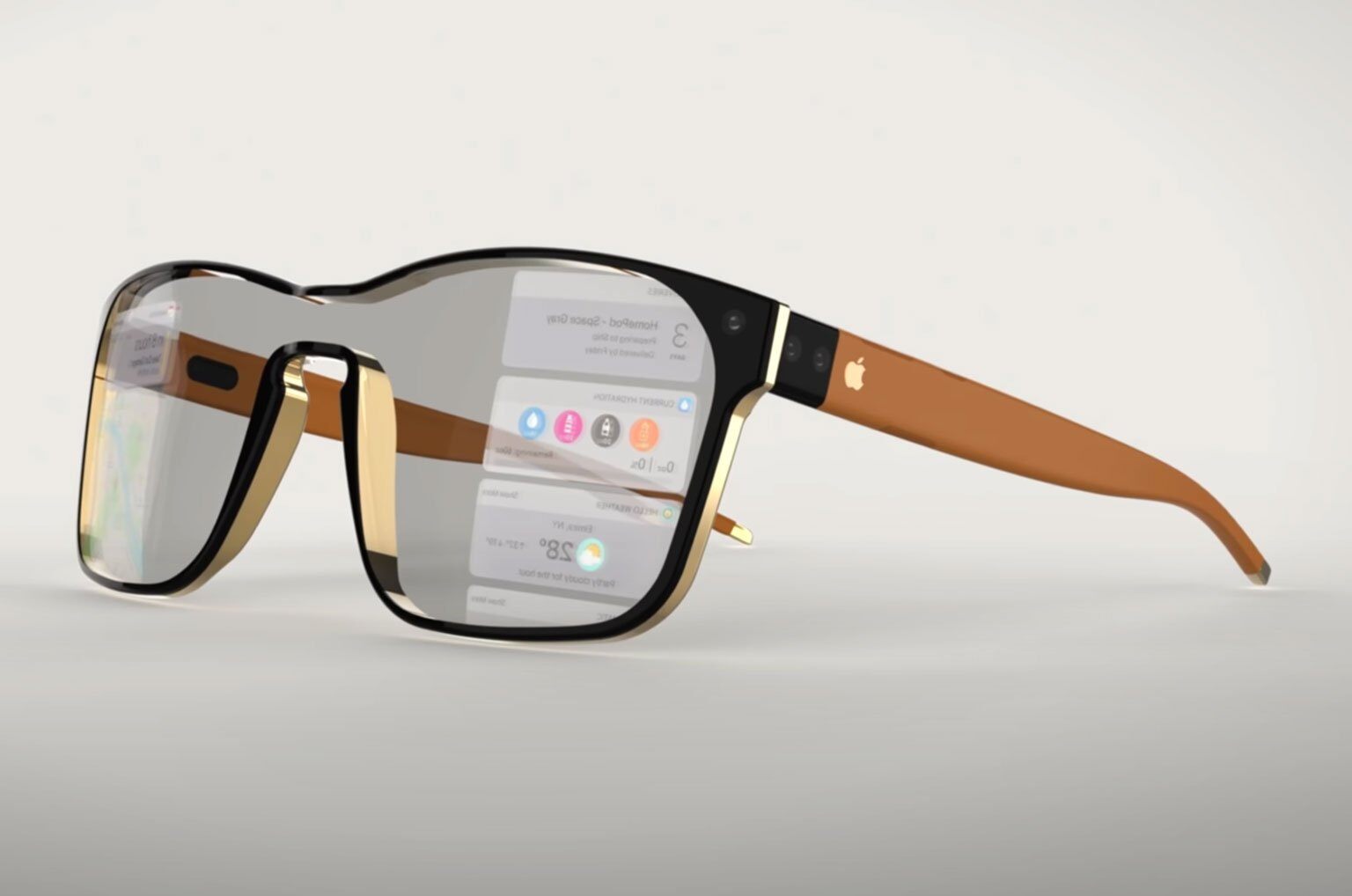Customer Lifetime Value – Getting Loyalty Right – H&M
Customer Lifetime Value, Getting Loyalty Right H&M

H&M’s core ambitions were made clear at the onset by CEO Helena Helmersson:
They defined their growth plans with a combination of:
Helena set big targets for growth through these solutions and they currently intend to double sales by 2030.
For all retailers, as they step further away from the high alert days of the pandemic, it is clear that consumer priorities have shifted and continue to evolve. As one example, hybrid working reveals that shoppers are keen to return to physical stores – it’s not all about digital. One insight is that they want the physical and digital experiences more closely tied up.
H&M boss Helena Helmersson has her sights on this alignment but puts the bulk of their success to date down to the investment they were able to make in time. However, the importance of a positive attitude can’t be downplayed.
She says; “Having a positive attitude post-pandemic was our thinking, but now with the face of the current cost-of-living crisis, it’s not been easy!
In December 2020, the brand announced it was investing £72million into its Planet First program, which: ‘aims to find planet positive technologies that will not only look at the circular economy and climate change but also consider all aspects of earth’s natural support systems.’
Interestingly despite the newly developing economic challenges, sustainability is growing in priority for the long-term success of businesses. Retail Week research found 63% of consumers are incentivised to shop with a retailer focused on its sustainability goals, though only 22% are willing to pay more for sustainable products.
H&M operates in 74 countries and has over 5,000 stores globally, was one of the first to make sustainability a priority. They topped the Fashion Transparency Index in 2020, scoring 71-80% in the first place, and were named one of the most ethical companies in the world by Ethisphere® a total of eight times.
Then they also have had the H&M Garment Collecting program since 2013, which encourages consumers to drop off any unwanted clothes in-store in exchange for a voucher, which is the largest in the world. In 2019 they collected an equivalent £145million in t-shirts. Next to this they run multiple rent, re-wear, and recycle programmes.
H&M is doing a brilliant job to change how the business operates but customer trust is easily lost, so H&M has its eye to walking the walk. According to the Changing Markets Foundation – ‘96% of claims by H&M regarding products such as ‘eco’, ‘low impact’, ‘sustainable’, and ‘recycled’ were said to be ‘misleading’ and ‘unsubstantiated.’ But it’s a process and you can’t move to 100% sustainability overnight.
Happily, we all want it and so this brand is on it. Data to support the trend can be observed simply through Internet searches for sustainable brands – which have grown by more than 45% during the past five years, as consumers become increasingly aware of their wardrobe’s environmental footprint.
The newly developing "bio-economy" is growing fast with a desire for artificial leather and recycled eco-based materials & fabrics.
H&M has done more than survive a blip – they have come out the other end profitable and wiser with insights that will feed the next phase of development. They will continue the combined strategy that starts with an aligned leadership and flows down into evolving practices and innovation.
And given that H&M always seems to be able to stay ahead of the curve we anticipate the acceleration of new technologies playing to customer convenience set alongside products that are ethically produced.
For example, we can see H&M moving fast into cashier-free stores and robot deliveries, possibly facial pay tech, and enhanced shopping experiences through the metaverse. These customer-focused solutions will rapidly become more widely adopted and less costly as they enter the mainstream, and developments in WIFI speeds from Japan makes it all possible
We know this is the winning combo, but it’s a process and it’s a gradual introduction – allowing consumers to decide the speed of the technology and the type of innovation. So H&M we look forward to watching how fast you adopt and innovate for a very demanding customer.
But overall for us looking at the H&M story, it’s been wonderful to see a retailer navigate a very difficult period and as part of this to demonstrate just how key a well-implemented transformation is. We continue to feel privileged to be part of many stories just like this.

Customer Lifetime Value, Getting Loyalty Right H&M
 Read More
Read More

The retail sector has faced ongoing disruption in recent years with the rise of ecommerce, click-and-collect, next-day and even same-day deliveries....

Early fashion ecommerce faced one major problem - customers were used to shopping in-store, being able to touch clothes, see exactly how they looked,...